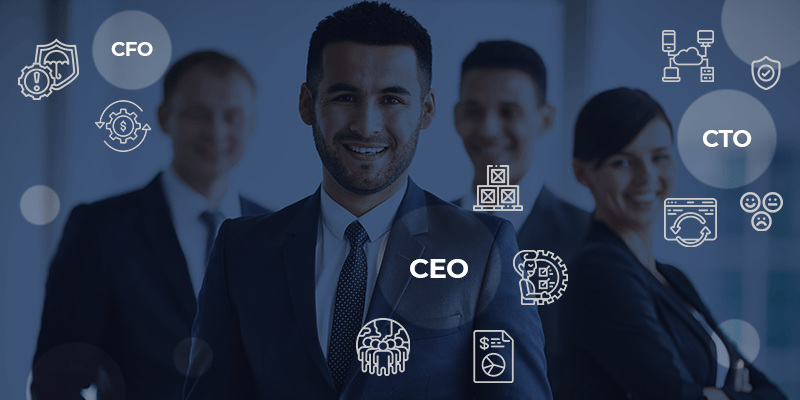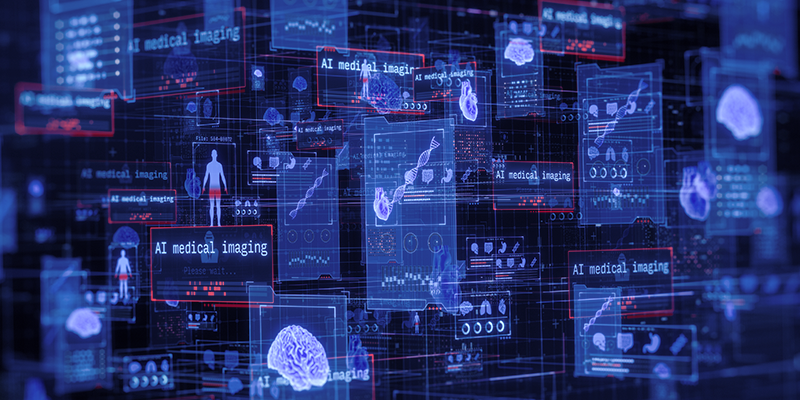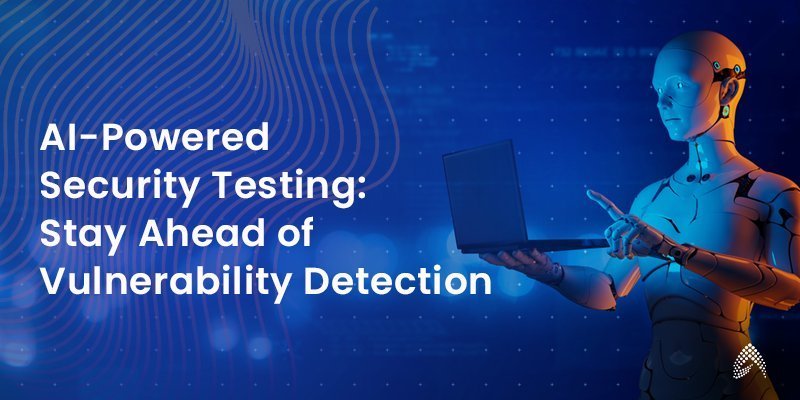The value that the ideal ERP can bring to CxO functions

As businesses face rapid technological change, Chief Information Officers (CIOs) and Chief Technology Officers (CTOs) play pivotal roles in driving innovation and efficiency. While their responsibilities differ, both functions share a common goal—leveraging technology to improve business outcomes. A well-implemented Enterprise Resource Planning (ERP) system acts as the backbone of this process, providing the tools needed for streamlined operations, data-driven decision-making, and scalability. This blog explores how an ideal ERP solution brings substantial value to both CIOs and CTOs.
The Strategic Role of the CIO: Aligning IT with Business Objectives
The role of a CIO is to ensure that the company’s IT infrastructure is robust, secure, and aligned with overall business goals. An ideal ERP enables CIOs to consolidate disparate systems into a single, integrated platform. This integration eliminates data silos, improves IT governance, and aligns technology with the organization’s strategic objectives.
How ERP Benefits CIOs:
IT Consolidation
Governance and Compliance
Operational Efficiency
The Strategic Role of the CIO: Aligning IT with Business Objectives
While the CIO focuses on internal IT infrastructure, the CTO is tasked with driving technological innovation. CTOs look for solutions that can future-proof the company and enable it to stay competitive in a tech-driven world. ERPs provide the scalability and flexibility needed to experiment with and implement cutting-edge technologies such as AI, machine learning, and IoT.
ERP Solutions for CTOs:
Scalability
Innovation Enablement
With APIs and cloud-based architecture, ERPs support emerging technologies, making it easier for CTOs to experiment with innovations like blockchain or predictive analytics.
Future-Proofing
Enhancing Decision-Making with Real-Time Data
Both CIOs and CTOs rely on real-time data to make informed decisions. An ERP provides this level of insight through its integrated data analytics and reporting capabilities. By consolidating data from across all business functions—finance, operations, HR, and supply chain—CIOs and CTOs can access a single source of truth, facilitating faster, data-driven decision-making.
Key ERP Features:
Advanced Analytics
Customizable dashboards allow CIOs and CTOs to monitor key metrics like system performance, sales trends, and customer satisfaction in real time.
Predictive Insights
Integrated machine learning tools in modern ERPs help forecast future trends, enabling both strategic IT and technology innovation planning.
Streamlining IT Operations for CIOs: Simplifying Complexity
A major challenge for CIOs is managing the increasing complexity of IT systems. The ideal ERP simplifies this by integrating all core business functions under one roof, reducing the need for multiple platforms. This not only cuts down on operational complexity but also improves the overall performance of the IT infrastructure.
ERP Benefits for IT Operations:
Centralized Management
CIOs can monitor and manage all IT assets from a single platform, improving visibility and control.
Cloud Migration
Many ERP systems offer cloud-based solutions, reducing the burden of on-premise infrastructure management.
Driving Digital Transformation for CTOs: Staying Competitive
For CTOs, staying competitive requires more than just optimizing existing systems—it’s about driving digital transformation. ERPs are critical in this process, as they provide the framework for adopting new technologies without disrupting existing operations.
Digital Transformation with ERP:
Cloud Integration
ERPs offer seamless integration with cloud services, allowing for easy scalability and global reach.
AI and IoT Integration
CTOs can incorporate AI-driven solutions or IoT devices within ERP workflows, enabling automation and smarter operations.
Improving Security and Compliance: A Shared Responsibility
Both CIOs and CTOs are responsible for maintaining security and ensuring compliance. ERP systems provide robust security features such as encryption, role-based access controls, and audit trails that make it easier to safeguard data and meet regulatory requirements.
ERP Security and Compliance Benefits:
Data Integrity
By centralizing all business processes, an ERP improves data accuracy and prevents unauthorized access.
Regulatory Compliance
Automated compliance reporting ensures that both internal policies and external regulations are met consistently.
Cost Efficiency and Resource Optimization: Maximizing ROI
For CIOs and CTOs alike, improving cost efficiency is a top priority. ERPs deliver high ROI by reducing redundant IT systems, automating processes, and optimizing resource allocation. This results in significant savings on maintenance, human resources, and IT overhead.
How ERPs Improve Cost Efficiency:
Lower Maintenance Costs
By consolidating systems into a single platform, ERPs reduce the time and money spent on maintaining disparate systems.
Optimized Resource Allocation
Automation frees up IT staff, allowing them to focus on strategic initiatives rather than day-to-day troubleshooting.
Collaboration Between CIO and CTO Functions: Aligning Technology Strategies
One of the most significant benefits of ERP implementation is the ability to foster collaboration between CIO and CTO functions. With an integrated ERP system, both teams can align their strategies to achieve business-wide goals.
ERP-Fueled Collaboration:
Unified Systems
A shared platform encourages collaboration by providing a holistic view of IT infrastructure and business operations.
Strategic Alignment
CIOs and CTOs can work together on long-term technology strategies, leveraging ERP insights to drive innovation and efficiency.
Key ERP Features That Address CIO/CTO Needs
To fully support CIO and CTO functions, an ERP must offer certain key features:
Cloud Integration
Enables easy scalability and reduces on-premise infrastructure.
Custom Workflows
Allows the configuration of automated workflows to suit specific business needs.
Advanced Reporting
Provides real-time dashboards and predictive analytics for decision-making.
Security & Compliance Tools
Ensures regulatory adherence with built-in controls.
Conclusion: The Strategic Value of ERP for CIOs and CTOs
An ideal ERP is more than just a tool for managing business operations—it’s a strategic asset that enhances the functions of both CIOs and CTOs. For CIOs, ERPs simplify IT operations and governance, while for CTOs, they enable innovation and scalability. Together, they help align IT and technology strategies with overall business goals, ensuring operational efficiency and sustainable growth.
Looking to optimize both your IT and technology innovation? Contact our ERP experts today to learn how the right ERP system can transform your CIO and CTO functions.

Director – ERP Advisory & NetSuite Solutions




